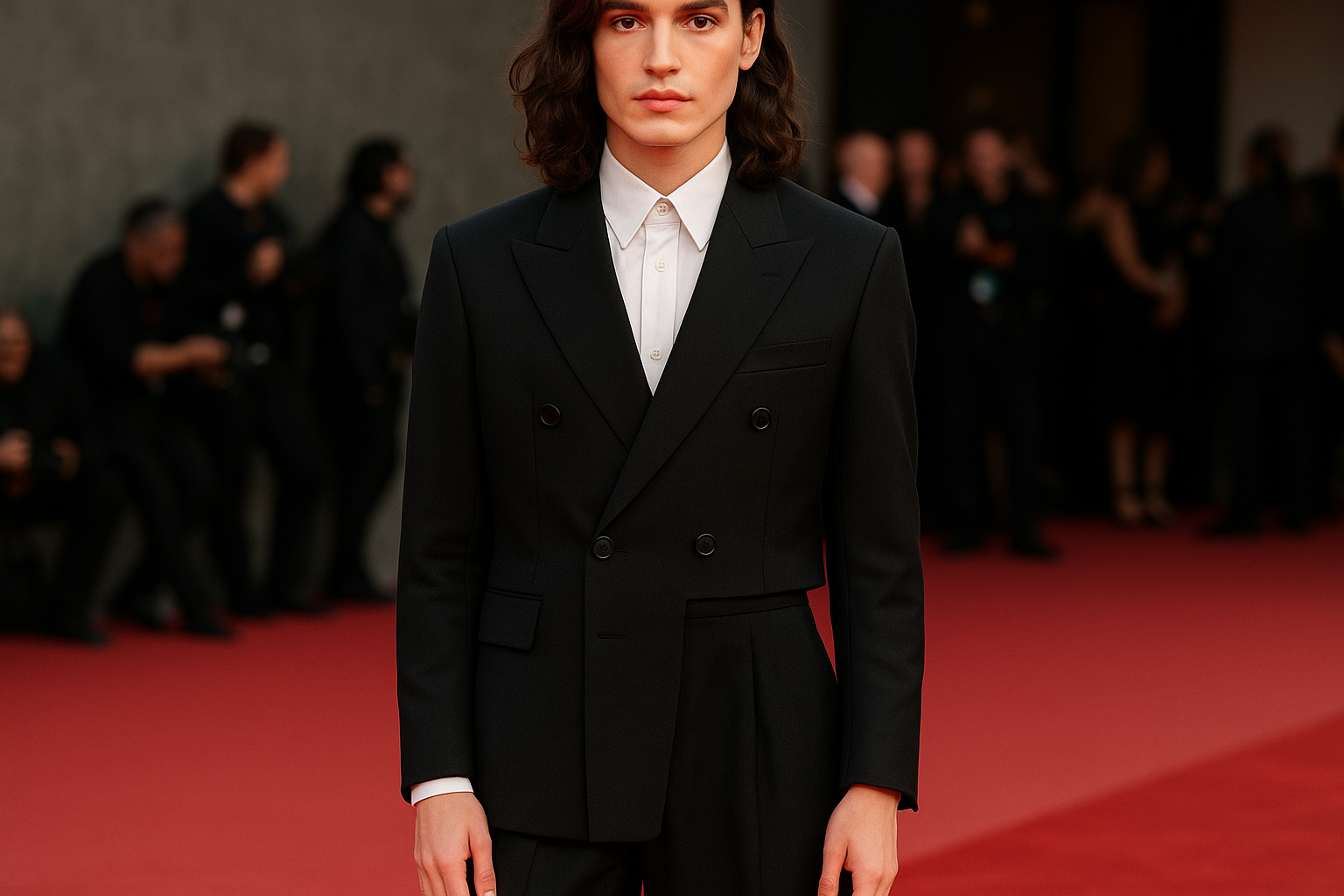Unraveling the Enigma of Androgynous Fashion: A Deeper Dive into Gender-Neutral Trends
Fashion is a mirror reflecting the zeitgeist of its time. It reflects societal shifts, cultural evolution, and the blurring of traditional boundaries. One such boundary that has seen significant transformation is the gender binary. Welcome to the world of androgynous fashion - a realm where style knows no gender.

The Genesis of Androgynous Fashion
The term ‘androgyny’ originates from the Greek words ‘andro,’ meaning man, and ‘gyne,’ meaning woman. In the context of fashion, it refers to a style that blurs the traditional gender lines.
Androgynous fashion isn’t a new phenomenon. It has its roots in the 1920s when women started adopting the ‘flapper’ look, sporting short hair, and wearing loose, straight-cut dresses that downplayed their feminine physique. In the 1960s, the ‘Peacock Revolution’ saw men experimenting with bright colors and flamboyant, traditionally feminine clothing.
The Resurgence of Androgynous Fashion
In the 21st century, androgynous fashion is no longer an anomaly but an accepted and celebrated trend. With changing societal norms and rising gender fluidity, fashion is becoming less about gender and more about personal expression.
Designers like Rad Hourani and JW Anderson are creating gender-neutral collections, while retail giants like Zara and H&M have launched unisex lines. Even red carpet events are seeing celebrities like Harry Styles and Janelle Monáe breaking gender norms with their sartorial choices.
The Appeal and Influence of Androgynous Fashion
The allure of androgynous fashion lies in its ability to challenge traditional norms and offer freedom of expression. It enables individuals to break free from societal expectations and celebrate their uniqueness.
Its influence extends beyond mere clothing. It’s a statement against gender stereotypes, promoting equality and acceptance. This fashion trend has also influenced consumer behavior, with growing demand for gender-neutral clothing and retail spaces.
The Future of Androgynous Fashion
While androgynous fashion has made significant strides, there’s still a long way to go. The future holds the promise of an even more inclusive fashion industry, with clothing that caters to all, regardless of gender, size, or age.
As societal norms continue to evolve, fashion will follow suit. The day isn’t far when androgynous fashion won’t be a trend but a norm.
Your Style, Your Rules: Embracing Androgynous Fashion
-
Start with basics: Opt for neutral colors and simple styles, like a classic white shirt or a black blazer.
-
Mix and match: Combine masculine and feminine pieces. Pair a floral dress with a leather jacket or a suit with heels.
-
Accessorize wisely: Choose unisex accessories like beanies, scarves, or minimalist jewelry.
-
Confidence is key: The most important thing is to wear your clothes with confidence.
Conclusion
Androgynous fashion is more than a style statement; it’s a movement towards a more inclusive and accepting world. By blurring the lines between masculinity and femininity, it allows individuals to express their identity freely. As we move towards a future where gender is perceived as a spectrum rather than a binary, androgynous fashion will continue to evolve, shaping and reflecting societal changes.




